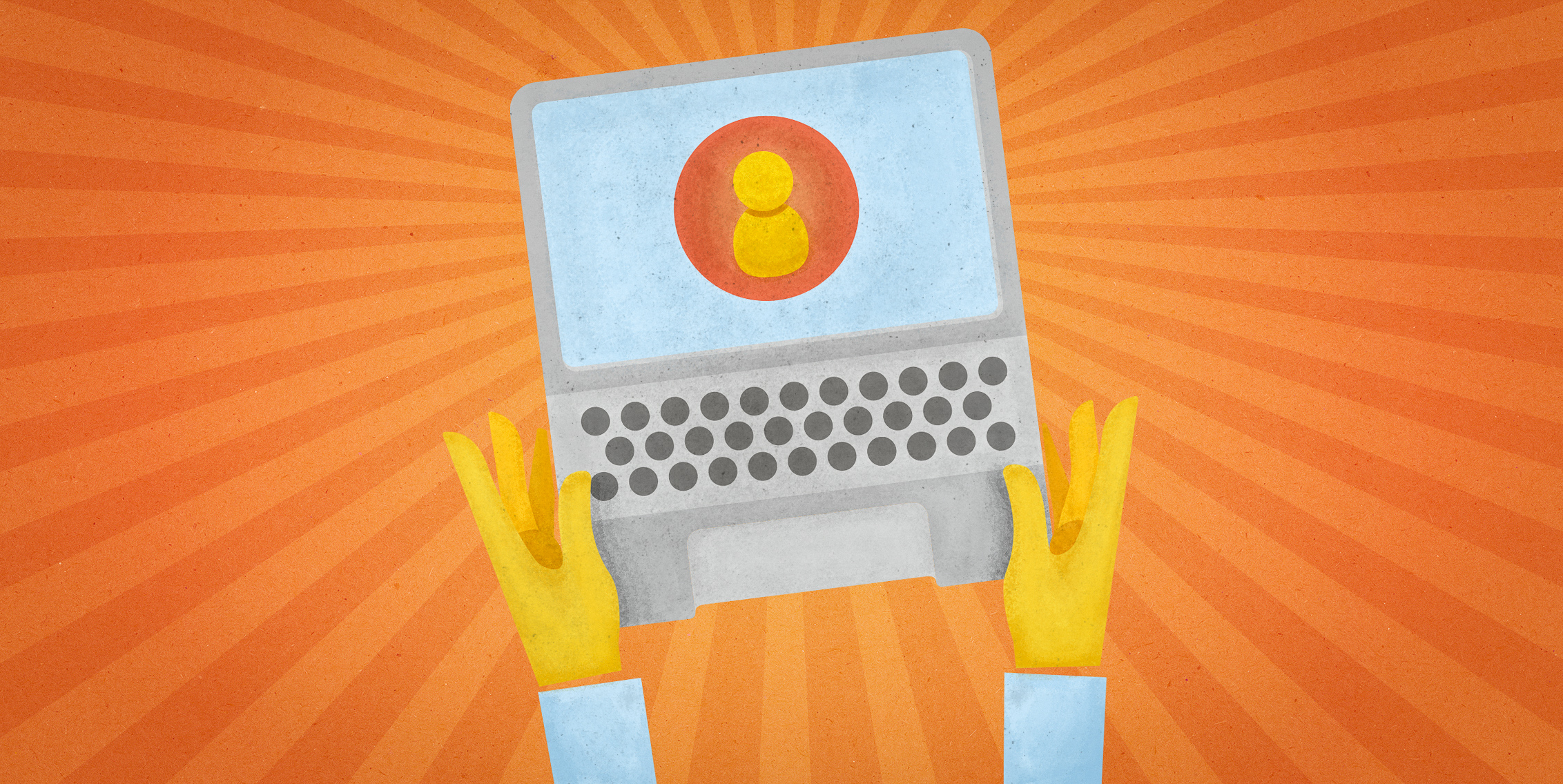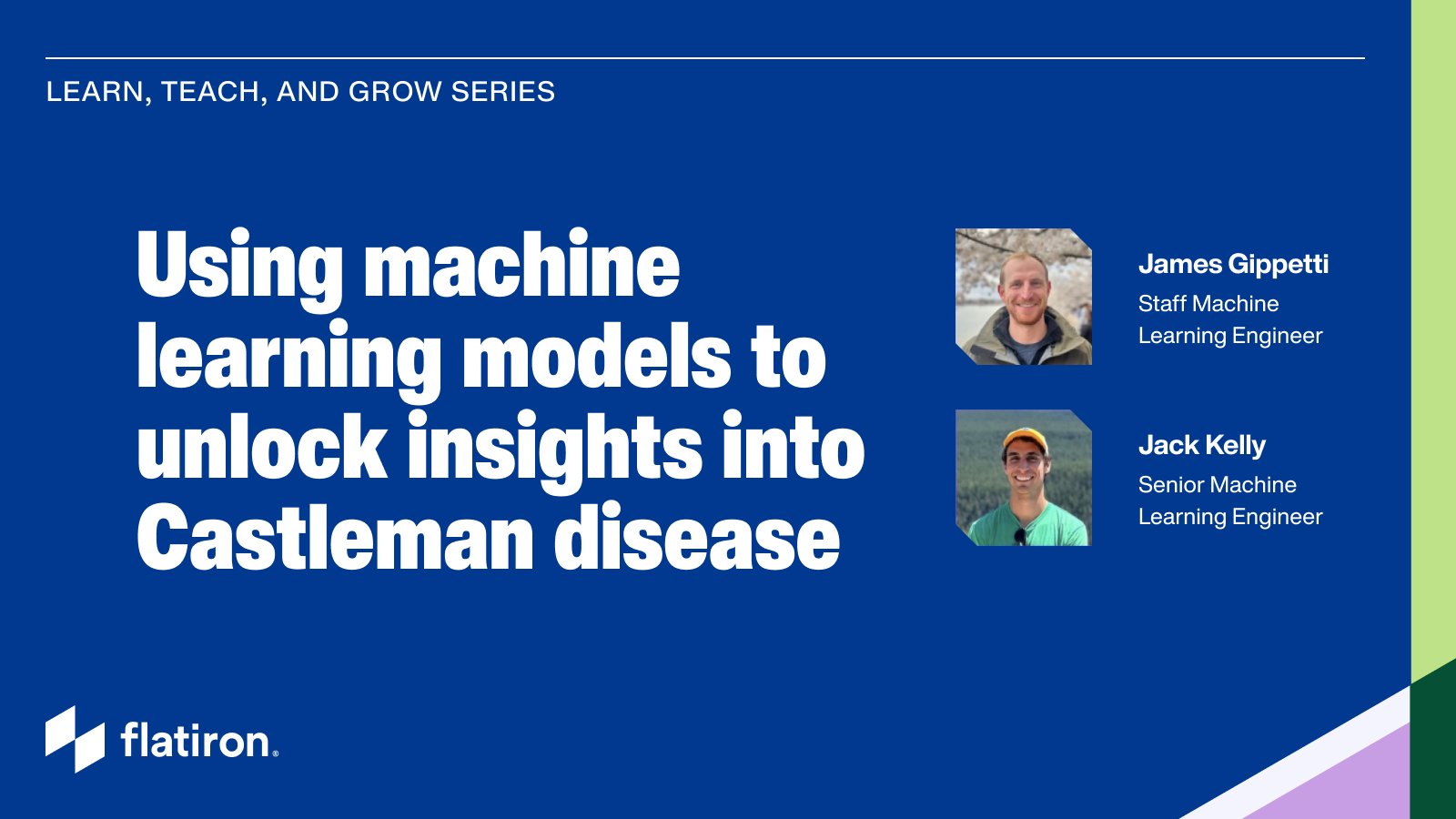After the upcoming whirlwind ASCO meeting in Chicago, I will be headed to Stanford Medicine to participate at the EHR Symposium alongside many esteemed colleagues and experts in the healthcare industry. This conference piqued my interest specifically because it is focused on a crucial element of the physician's workflow, and more importantly, of a patient's journey with the health system: the electronic health record.
A brief history of the EHR as we know it today: In 2001, the National Academy of Medicines (then called the Institute of Medicine) published a study called, " Crossing the Quality Chasm: A New Health System for the 21st Century". Much of what was written in this paper was brought to life in 2009 when the Obama administration passed the HITECH Act, part of the more ambitious American Recovery and Reinvestment Act. HITECH was the main catalyst in the shift to EHRs, as it offered substantial financial incentives: doctors and hospitals received $28 billion in federal stimulus money starting in 2011 to install EHRs. The HITECH Act also introduced "meaningful use", which aspired to ensure that insights generated from data gathered at the point of care ultimately returned to the clinician for more informed decision making.
The promise of EHRs were broad and all encompassing: deeper understanding of clinical practice, cheaper clinical trials, shorter times to regulatory decisions, efficient post-approval monitoring, quick implementation of new findings, more streamlined billing requirements, and more. But realizing the full potential of EHR data has been hampered by practical challenges such as inconsistent coding of critical data elements, trying to be too many things to too many people, interoperability between health systems, competitive data-hoarding, unclear analytic standards, misaligned incentives, to name just a few.
As part of the panel I will be participating on, "EHRs in 2028—What Should the Future Look Like?", my goal will be to determine some practical ways to achieve what EHRs were supposed to at their onset - help doctors take care of patients. To envision our EHR future and help chart a realistic path forward. We need to incentivize vendors to create EHRs in a customer friendly way. We need to simplify the data entry needs so that we can capture structured data at the point of care and then return it to the clinician for more informed decision making. We need to simplify the EHR so that every single keystroke is directly aligned with patient care, while simultaneously stoking an ecosystem of technical solutions that curate the data needed to power our learning health system. If we can focus the EHR on helping the provider tell the patient's narrative and focus on their care, we will get closer to realizing the original vision of the electronic health record.



